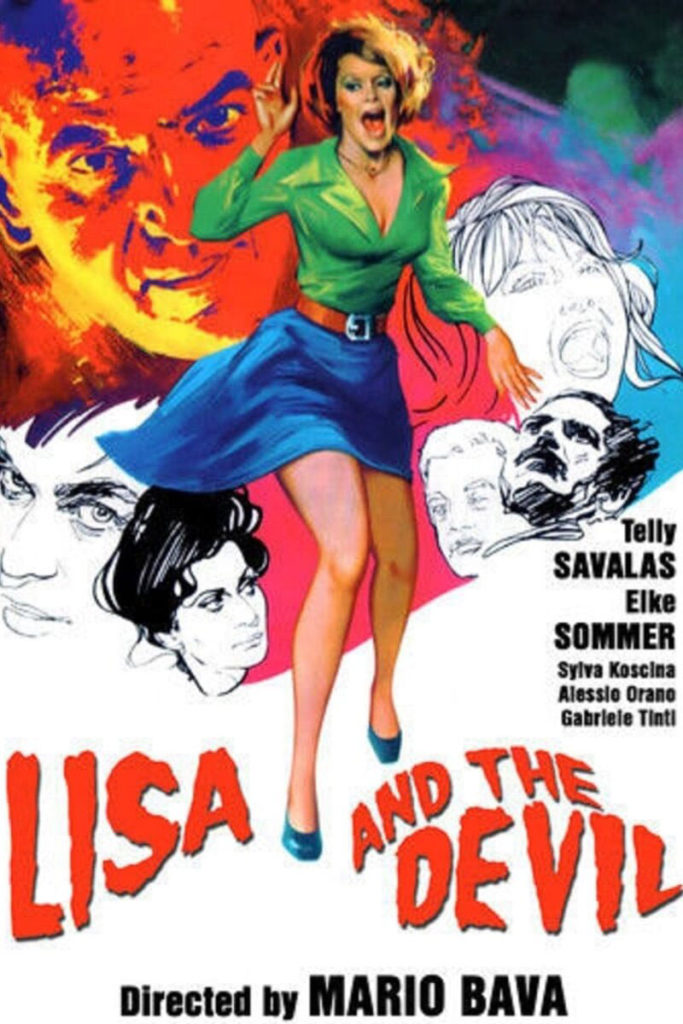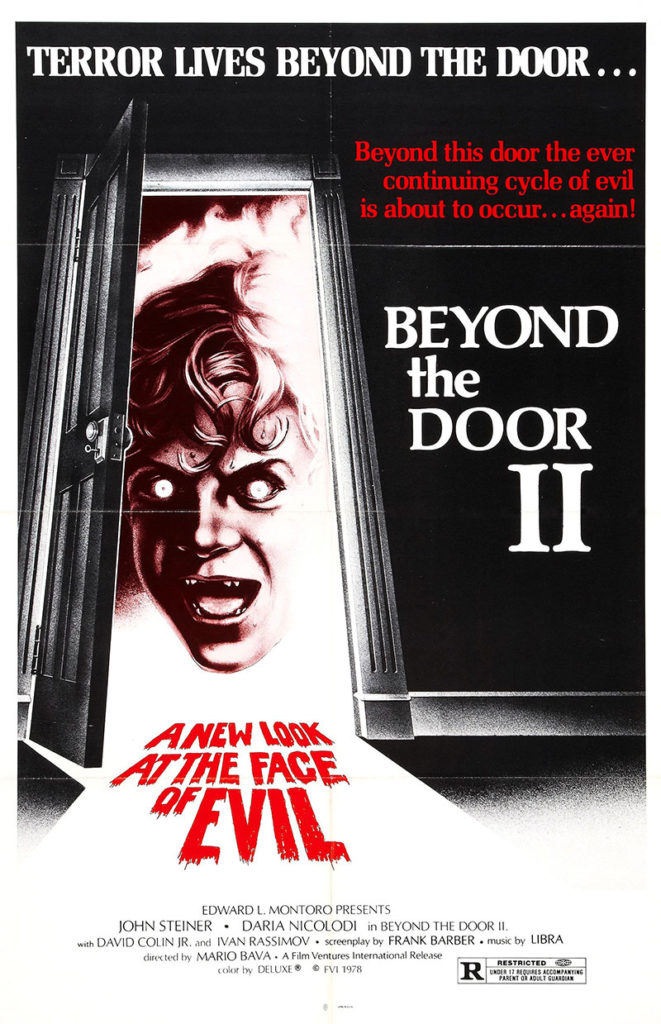 Lisa and the Devil, the 1973 film from Italian auteur Mario Bava, has become one of his more renowned films in the last couple of decades. I first saw it around twenty years ago with a roommate who was watching it for her film class at NYU. Upon release, though, it was a butchered product, with a framing story shot and added after Bava delivered his cut. Of this film, which had been released under the title of La Casa dell’esorcismo (House of Exorcism), Bava said, “La casa dell’esorcismo is not my film, even though it bears my signature. It is the same situation, too long to explain, of a cuckolded father who finds himself with a child that is not his own, and with his name, and cannot do anything about it.”
Lisa and the Devil, the 1973 film from Italian auteur Mario Bava, has become one of his more renowned films in the last couple of decades. I first saw it around twenty years ago with a roommate who was watching it for her film class at NYU. Upon release, though, it was a butchered product, with a framing story shot and added after Bava delivered his cut. Of this film, which had been released under the title of La Casa dell’esorcismo (House of Exorcism), Bava said, “La casa dell’esorcismo is not my film, even though it bears my signature. It is the same situation, too long to explain, of a cuckolded father who finds himself with a child that is not his own, and with his name, and cannot do anything about it.”
That’s some pretty strong language. But, he wasn’t referring to the film that was eventually released as Lisa and the Devil. He was referring to a cobbled-together mess insisted upon by the film’s producer, Alfredo Leone, who wanted a whole bunch of exorcism-related material added to an already completed film in order to cash in on William Friedkin’s Exorcist. This year’s Horrorshow is not concerned with that movie.
Lisa and the Devil follows Elke Sommer as Lisa, a tourist who gets lost in the wandering, narrow streets of old Toledo, Spain. She hitches a ride from a rich, married couple, Francis and Sohpia Lehar (Eduardo Fajardo and Sylva Koscina), and their chauffeur, George (Gabriele Tinti). The Lehar’s old limo breaks down in front of a villa, and they are invited in by the Countess (Alida Valli) and her son, Max (Alessio Orano). In a bit of stunt casting, the Countess’s butler, Leandro, is played by Telly Savalas. Continue reading “Lisa and the Devil”

 Mario Bava was a giant of horror. His Black Sunday is an atmospheric horror classic that should be on any horror fan’s list of films to see. Shock, released in the United States as Beyond the Door II (it bears no relation to Beyond the Door — the title was strictly promotional), was Bava’s last film before his death. It’s not a bad way to go out, but it’s also a workaday horror film, missing the weirdness that made Bava’s other works, and Italian horror films in general, so special.
Mario Bava was a giant of horror. His Black Sunday is an atmospheric horror classic that should be on any horror fan’s list of films to see. Shock, released in the United States as Beyond the Door II (it bears no relation to Beyond the Door — the title was strictly promotional), was Bava’s last film before his death. It’s not a bad way to go out, but it’s also a workaday horror film, missing the weirdness that made Bava’s other works, and Italian horror films in general, so special.